Tunc hora requirenti pro quinta, quam metuebat, sexta ex industria nuntiata est.
When [Domitian] asked what time it was, he was told in earnest that it was already the sixth hour of the day [noon] and not the fifth [eleven a.m.], which he feared.
Suetonius, Domitian, XVI.2
"If you had an off-switch, doctor, would you not keep it secret?"
Commander Data, Star Trek: The Next Generation, "Datalore"
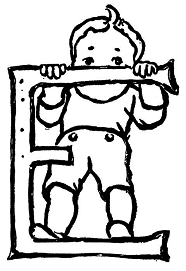 VERY FOUR OR EIGHT YEARS, precisely at noon on Inauguration Day, the term of the previous Oval Office-occupant having expired a minute before, at 11:59 a.m., Americans swear in a new president. Almost miraculously we did it again this year, in the shadow of fear and doubt, exactly as we were supposed to, exactly according to formula.
VERY FOUR OR EIGHT YEARS, precisely at noon on Inauguration Day, the term of the previous Oval Office-occupant having expired a minute before, at 11:59 a.m., Americans swear in a new president. Almost miraculously we did it again this year, in the shadow of fear and doubt, exactly as we were supposed to, exactly according to formula.
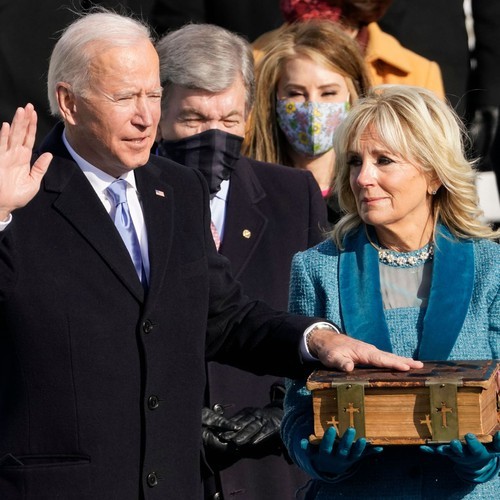
The seamless and orderly transition being the important point, whether you supported President Biden or his opponent, this was good news. This was very good news.
And from this very good news, I need to make a transition of my own right here—too abruptly, it seems to me now—to something many of my readers may find horrifying. Oh my, I’m almost afraid to press on with this, what’s coming is truly that awful.
Some may be outraged at the butchery. Some of the more sensitive may feel light-headed or nauseated. Some may faint.
Still, its time to forge ahead and present my Coin of the Month. So alert the paramedics, have your smelling salts at hand and your cool compresses and your darkened rooms, do whatever you need to do.
Here is RIC 3 dup—
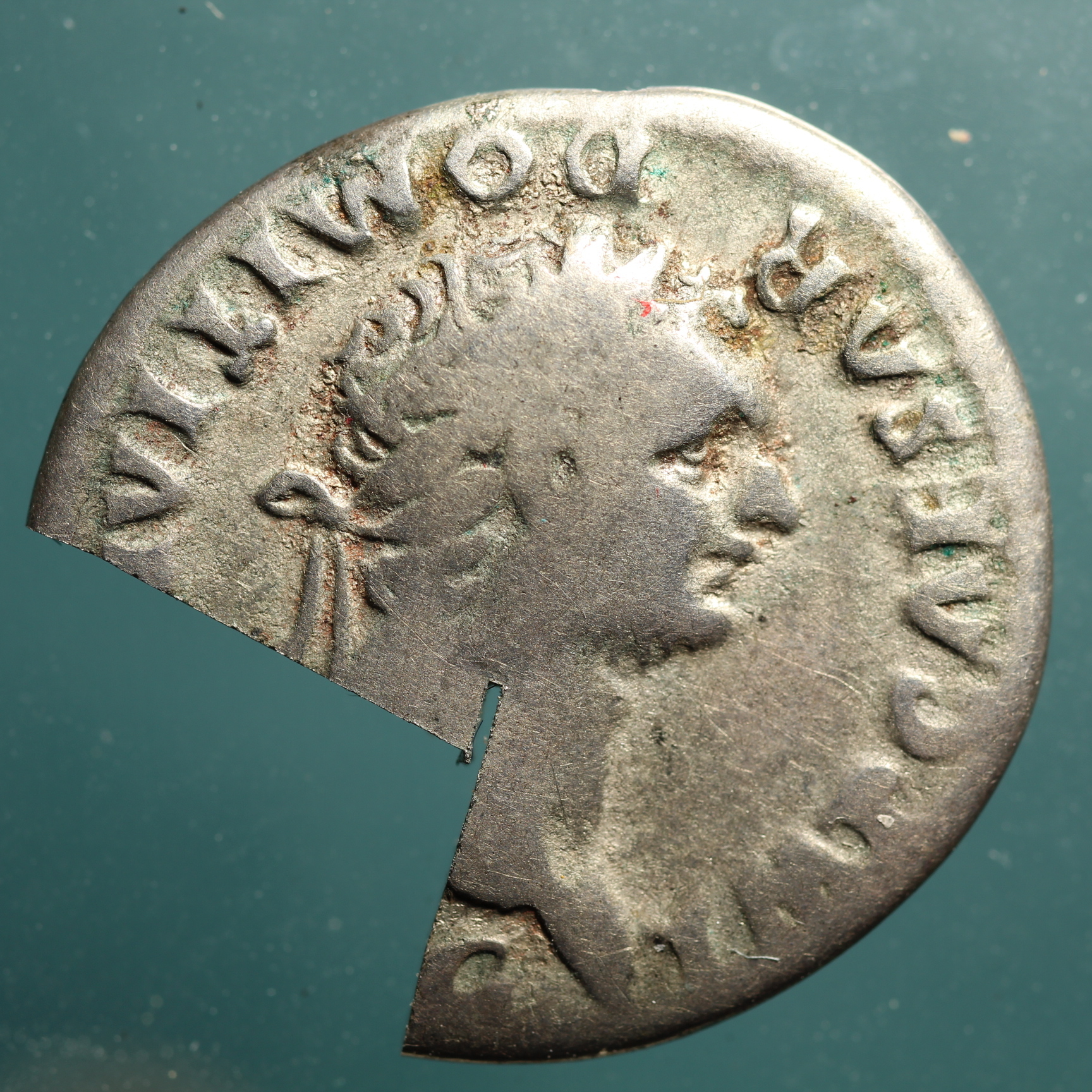
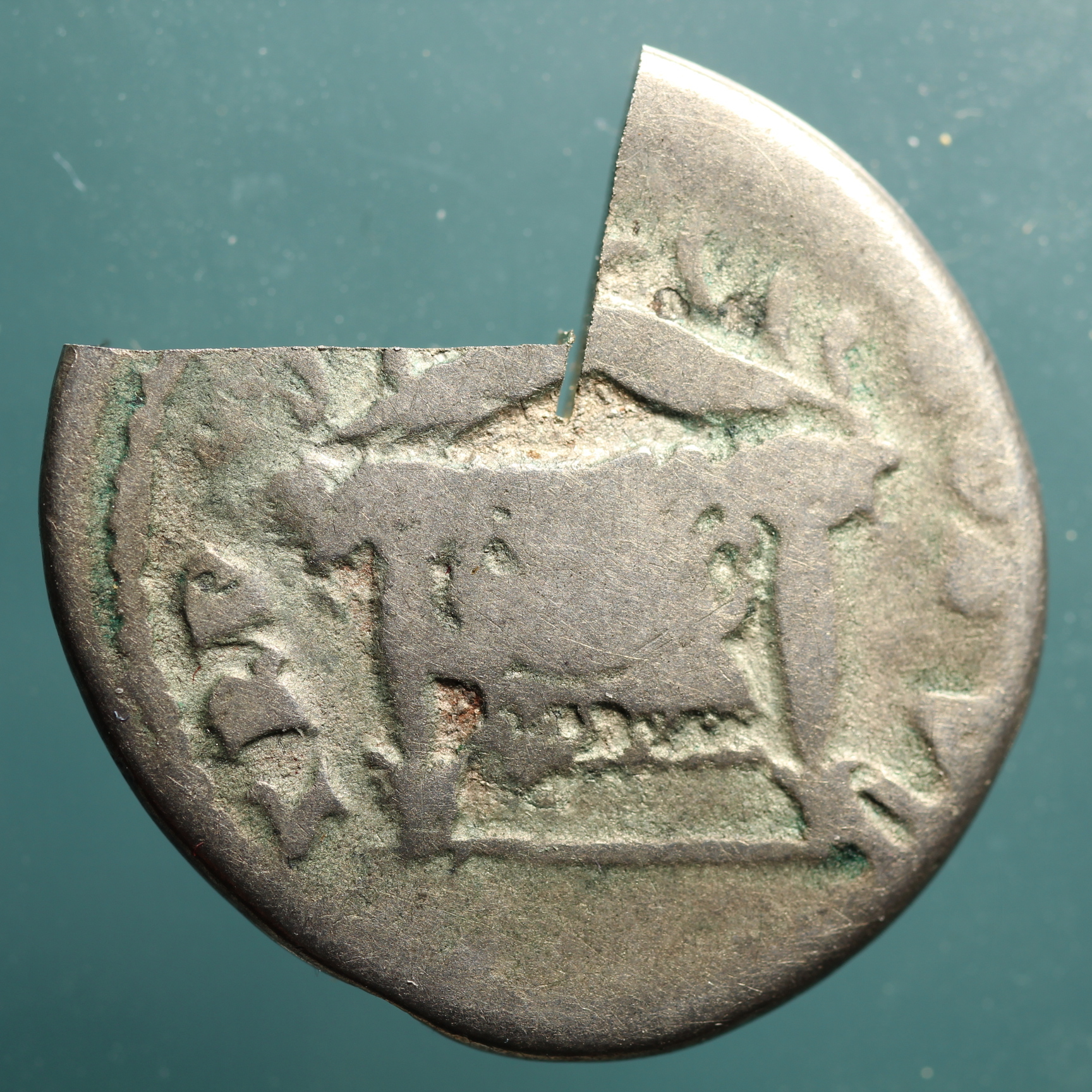
RIC 3 dup, or what remains of it, the ugly rips of the hacksaw blade still fresh and ghastly, is a celebrity coin. This coin, a.k.a. M41, was featured in a scientific study (Kevin Butcher and Matthew Ponting, The Metallurgy of Roman Silver Coinage--from the reform of Nero to the reform of Trajan, Cambridge, 2014) and was dissected in the name of Science!
I asked Prof Butcher and Prof Ponting about the results of their analysis and why they had referred to M41 as an "outlier,” whether this Group 1 issue might have been struck from a different bullion source than expected.
Among other important points, Prof Butcher had this to say, "It was referred to as an outlier because, as shown in fig. 12.16, it has high nickel and high arsenic compared with other coins of 79-82 analysed. As you suggest, it could imply that the source material associated with these elements was different."
And Prof Ponting, "It may suggest a temporary change in the copper used in the alloy and the levels of manganese, chromium and cobalt are also higher than is usual at this period and this may relate to the silver source as it is a fairly rare ‘finger-print’ and one that we find during the Republic. This could, therefore, indicate that the coin was struck during a period of recycling."
Both gentlemen pointed out that the Group 1 study was based on a single example which might be the exception rather than the rule and that more analyses of Group 1 specimens would be needed to be certain. Fair enough. Independent duplication of results, part of the scientific method, we get that. But for right now we have what we have, and I'm satisfied with that. Science has spoken—
Group 1 wasn't part of any seamless and orderly transition from the reign of Titus to the reign of Domitian, business as usual, using an existing bullion stock. Group 1 coins were indeed a special issue, from bullion created by recycling old Republican denarii, and minted sometime later in the year (my contention, to celebrate TR P having finally been secured).
In other words, unlike the other issues of 81, Groups 2, 3, and 4, Domitian’s Group 1 issue was not struck from the same bullion as was used for Titus. Group 1 was not Issue 1. Metallurgical analysis proves it. Therefore, the idea that P M, P P, and DES VIII were absent from Group 1 inscriptions because they hadn't been awarded yet is nonsense. Clearly, TR P was the last title to be bestowed.
Will this now obvious truth, supported by scientific evidence, convince everybody? Sadly, no. There is a benighted and alarmingly large segment of our society who choose to live outside the world of facts. Some of them believe somehow that Donald Trump is still president of the United States. There is just no convincing some people.
* * *
Okay, from scientific fact to speculative fiction—
Once again I will be writing about TR P, tribunicia potestatas, Domitian's tribunican powers. Reviewing for a moment what these powers were, TR P conferred the power to veto any legislation the Senate might pass, but also, and essential from Domitian's point of view, TR P awarded unqualified, personal protection on the awardee, backed by lictors or body-guards, the Secret Service of its day, making the assassination of an autocrat a crime and a sacrilege instead of a civic duty (recall Brutus's EID MAR denarius after the assassination of Julius Caesar).
For whatever reason Titus never secured TR P for his brother. Doing so had been standard practice since Augustus handed down the empire to Tiberius, Tiberius to Caligula, Claudius to Nero, and Vespasian to Titus. Who knows why Titus didn't do this for Domitian? We can only guess. My own opinion is that he simply hadn't gotten around to it yet before his unexpected and untimely death. In any case, it left Domitian in a real pickle, emperor in name only and in mortal danger.
It was some several days after the death of Titus on September 13, 81, that the Plebeian Assembly finally did award Domitian Tribunican Powers, and even then it wasn’t automatic. First the assembly needed to be specially convoked for an emergency session. Then it was convened in the saepta Iulia. Then, finally, as a result of a vote at this convention, Domitian received TR P for the first time. After that, TR P would be renewed annually on the anniversary of this event, again, each time as a result of a vote. We can estimate the exact date that the initial vote took place.
Look at the calendar, ninth column, thirteenth row—
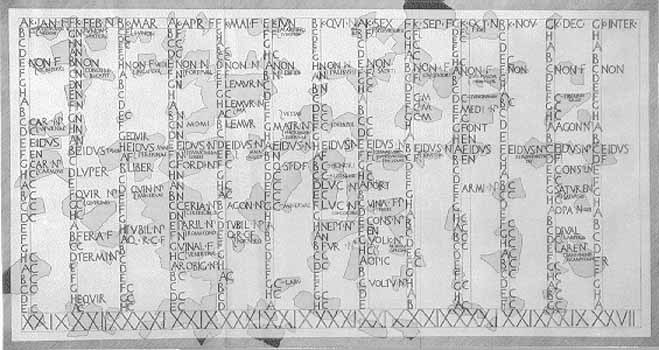
The Ides of September falls on the thirteenth, EIDVS N (N for nefasti, no official business), so the assembly could not have been convoked on the day of Titus's death but on the following day, the fourteenth. Plebeian representatives needed to be called in from as far around Rome as could be reached by the fastest imperial dispatch riders in a single day, still the fourteenth. Give this quorum of representatives three days to assemble themselves, the fifteenth, the sixteenth, the seventeenth. The vote, by a division of the house, would come the next day, being the only order of business. Which gives us, what?
Ah, the eighteenth, September 18, 81. Every year subsequently Domitian's TR P would be renewed on that date, September 18, coincidentally the very date of his assassination in 96 A.D.
My my, isn’t that an interesting coincidence!
Or is it such a coincidence? I asked one insightful expert, USC Prof John Pollini (From Republic to Empire: Rhetoric, religion, and power in the visual culture of ancient Rome, University of Oklahoma, 2012), if we might have an 11:59 a.m. situation going on here. That is, could there have been a minuscule gap of time between TR P and TR P II and all subsequent numbered TR Ps, including and especially TR P XV and TR P XVI?
The fact that TR P is numbered and not granted in perpetuity suggests an expiration date, but did TR P expire at the end of a year and then was it renewed, or did the Plebeian Assembly anticipate the expiration date and renew it ahead of time? Was there a gap, or not?
First of all, Prof Pollini pointed out, it could not have been 11:59 strictly. It would take another fifty years before the astronomer Ptolemy could even conceive of dividing the hour into minutes and seconds, and not until the Middle Ages were mechanical clocks sophisticated enough to measure these increments.
So eleven o'clock then?
On the day of his death, Domitian was very afraid of eleven o'clock, this according to the Suetonius quotation at the top of the page. When I asked Prof Pollini about that, he dismissed it, "That Domitian knew the precise time of his death is obviously a vaticinium ex eventu—a prediction after it happens, a form of revisionist history, you might say."
Prof Pollini is correct that the vaticinium ex eventu (though I didn't know what it was called before he told me—good to know) was a favorite literary device of ancient writers and apparently gobbled up by their readers. And I would generally tend to agree with Dr Pollini. Except, in this case, Domitian’s fear of what he predicts forms a crucial part of the assassination narrative and isn’t some wild fantasy tacked on by Suetonius for good measure. The emperor was afraid of eleven o'clock on this particular day and had to be tricked into thinking it was already later than that before he would set out for his bath. It's in the record.
As for the gap, that question wasn't answered. So I approached another insightful expert, UW-Green Bay Prof Gregory Aldrete (Gestures and Acclamations in Ancient Rome, Baltimore, 1999), with the same question. "Your theory sounds reasonable," he wrote back, "but I am currently on the road traveling, so I don't have reference books at hand to see if I can look up the answer."
So that's that. Neither of my experts came out and said, "Yes, that's how they did it," or, "No, they didn't do it that way," so maybe it's a question that has never been asked before, and maybe there's no way to answer it now. However, Dr Aldrete says my theory sounds reasonable, so that's good, right? Perhaps that's enough for now, because if such a gap, eleven until noon, that hora quinta that Domitian was so afraid of, could be reasonably said to have existed, it would answer three questions which have nagged at me since I began collecting Domitian in 2015—
First, did Domitian correctly predict the day and hour of his own assassination?
Second, why didn't Suetonius note the strange coincidence that Domitian was killed so soon after receiving his renewal of the protective TR P? Even if you still cling to the notion, all evidence to the contrary, that Domitian was awarded TR P his first day as emperor, it would still only be five days, still worthy of a remark.
Third, why are the coins struck before Domitian received TR P in 81 so much more common than coins struck after after he received TR P XVI in 96? In the six years that I have been collecting, I've seen only one TR P XVI denarius come up for auction. Conversely, there have been countless Group 2 and Group 3 denarii; in fact, there are several in this coll.
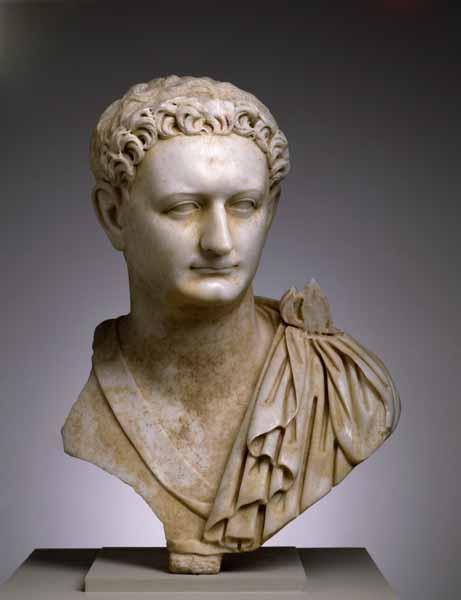
First, did Domitian predict his own death? Yes, but not really, at least not in any supernatural way. He knew that there was a powerful group plotting his demise and that the hour between his TR P XV protection expiring and his TR P XVI protection kicking in had left him most vulnerable. Open season on emperors, so to speak.
Second, why didn't Suetonius notice the coincidence? He probably did and then kept it to himself. Had he been foolish enough to write it down, his own emperor, Hadrian, certainly would have censored it anyway, this "open season on emperors," one hour every year. As Commander Data’s statement at the top of the page attests, no need to advertise it.
Third, the paucity of TR P XVI coins? If they started turning out TR P XVI denarii precisely at noon, the scheduled hour of the new TR P award, not knowing the emperor was already dead, then they would immediately have ceased production by the time it took the news of his death to get from the palace on the Palatine to the new mint on the Esquiline Hill, a matter of minutes probably. Thus pre-TR P coins, Group 2 and Group 3 denarii, were struck over a period of five days; TR P XVI denarii were struck over a period of several minutes.
Paucity explained. And that's it, all three of my questions answered, because of an hour's gap.
It's just so tempting to believe in that blasted gap!
Hey, you know what, I am going to take that giant leap of faith and assume the September 18th date of TR P to be true, along with my beloved gap. I might be wrong about this. In fact I probably am, but, hey, it turns out I was right all along about Group 1—so who knows, I might be right about this too.
Next: A new identification of RIC 784.

